Pollution is the discharge (release) of harmful substances or materials known as pollutants into the environment. In other words, pollution is the process of making air, land, water, or other aspects of the environment unclean and unsafe to use. The release of pollutants (also known as contaminants) into a natural environment can damage the quality of air, land, and water in that environment. Many things that humans consider useful produce pollution. From cars spewing polluted smokes from their exhaust pipes to burning coal to create electricity, not to mention the sewage and garbage generated by industries and homes. Pesticides used to kill insects and weeds also sink deep into waterways and threaten our wildlife, especially aquatic wildlife. All these can pollute both the land and water on our beautiful Earth.
All living things, from tiny single-celled microbes to giant blue whales, depend on the Earth’s resources, such as air and water. When these resources are polluted, all life forms are threatened. Due to more human activity, Urban locations are typically more polluted than rural ones. In some of the world’s most polluted places, children’s IQs have dropped by 30 to 40 points. Babies with congenital disabilities are born, and life expectancy may be as little as 45 years due to cancer and other disorders. According to Pure Earth, a non-profit environmental organization, toxic pollution impacts more than 200 million people worldwide.
Pollutants such as volcanic ash, harmful chemical gas and smoke from heavy factory machines or generators can travel to uninhabited places. For instance, many years back, people visiting the Big Bend National Park in Texas, United States, could view 290 km (180 miles) over the immense landscape. However, coal-burning power stations in Texas and the adjacent Mexican state of Chihuahua have already polluted the air. Today, tourists visiting Big Bend can only see 50 km ahead (30 miles).
There are majorly three types of pollution; air, land and water pollution. Let’s dig in!
Air Pollution
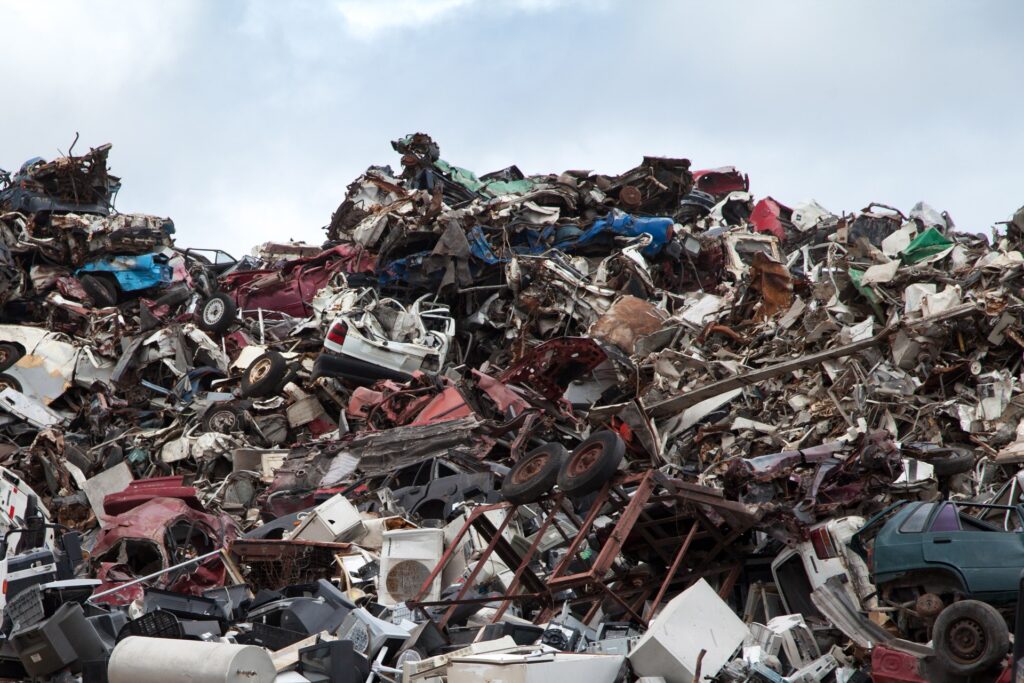
The air we breathe contains nitrogen, oxygen, water vapor, and inert gases, and a variety of physical and natural events can contaminate it. Although air pollution is mostly invisible, It can sometimes be seen as black smoke coming from the exhaust pipes of cars, heavy trucks, or factories. Air pollution can be hazardous, especially when the chemicals are not visible. It can cause irritation to the eyes, make breathing difficult, raise the risk of lung cancer, and kill quickly. Human activities such as burning fossil fuels — coal, oil, and natural gas—are the primary causes of air pollution. During traffic in the city, vehicles release highly concentrated gas known as carbon monoxide. Carbon monoxide is a highly-concentrated colorless and odorless harmful gas and is detrimental to the human body. The burning of gasoline to power cars and trucks also produces carbon monoxide.
Other common pollutants, including nitrogen oxide, sulphur dioxide, and hydrocarbons, react with sunlight. This produces smog, a thick fog of air pollution that makes breathing difficult, especially for children and older adults. In Linfen, China, the haze is so thick that inhabitants rarely see the sun. Depending on which pollutants are in it, smog can be brown or greyish-blue. When nitrogen oxide and sulfur dioxide react with moisture, they change into acids and then fall back to Earth as acid rain, killing all the trees in a forest, destroying lakes, streams, and other waterways, and eroding marble and different types of stone. According to the record, acid rain has erased the words on gravestones and ruined many historic structures and monuments. A good example is the Taj Mahal in Agra, India, which was once sparkling white. However, Years of acid rain exposure has bleached it.
Carbon dioxide and methane are other sources of air pollution. Both gases occur naturally in the atmosphere and are essential for life on Earth. Through a process called the greenhouse effect, they keep the Earth warm enough (at a comfortable temperature) for humans to live in. However, human activities such as deforestation have increased carbon dioxide and methane levels in the atmosphere, therefore, polluting air. As a result, the greenhouse effect has intensified, and global average temperatures are rising, forcing ice sheets and glaciers to melt.
Chlorofluorocarbons (CFCs) are another harmful type of air pollution. CFCs are found in refrigerator cooling gases, foam products, and aerosol cans. CFCs deplete the ozone layer that shields the Earth from much of the sun’s damaging ultraviolet radiation. People exposed to more UV radiation are more likely to get skin cancer, eye problems, and other illnesses.
Burning or incinerating trash is another human activity that contributes to air pollution. Incinerating trash gets rid of it, but it can release dangerous heavy metals and chemicals into the air. So while trash incinerators can help with the problem of land pollution, they sometimes add to the problem of air pollution.
Natural activities, such as volcanoes, can pollute the air. When volcanoes erupt, they spray volcanic ash and gases into the sky, which can darken the sky for months. Sulfur dioxide and other volcanic gases can also kill nearby inhabitants and render soil sterile for years.
Land Pollution
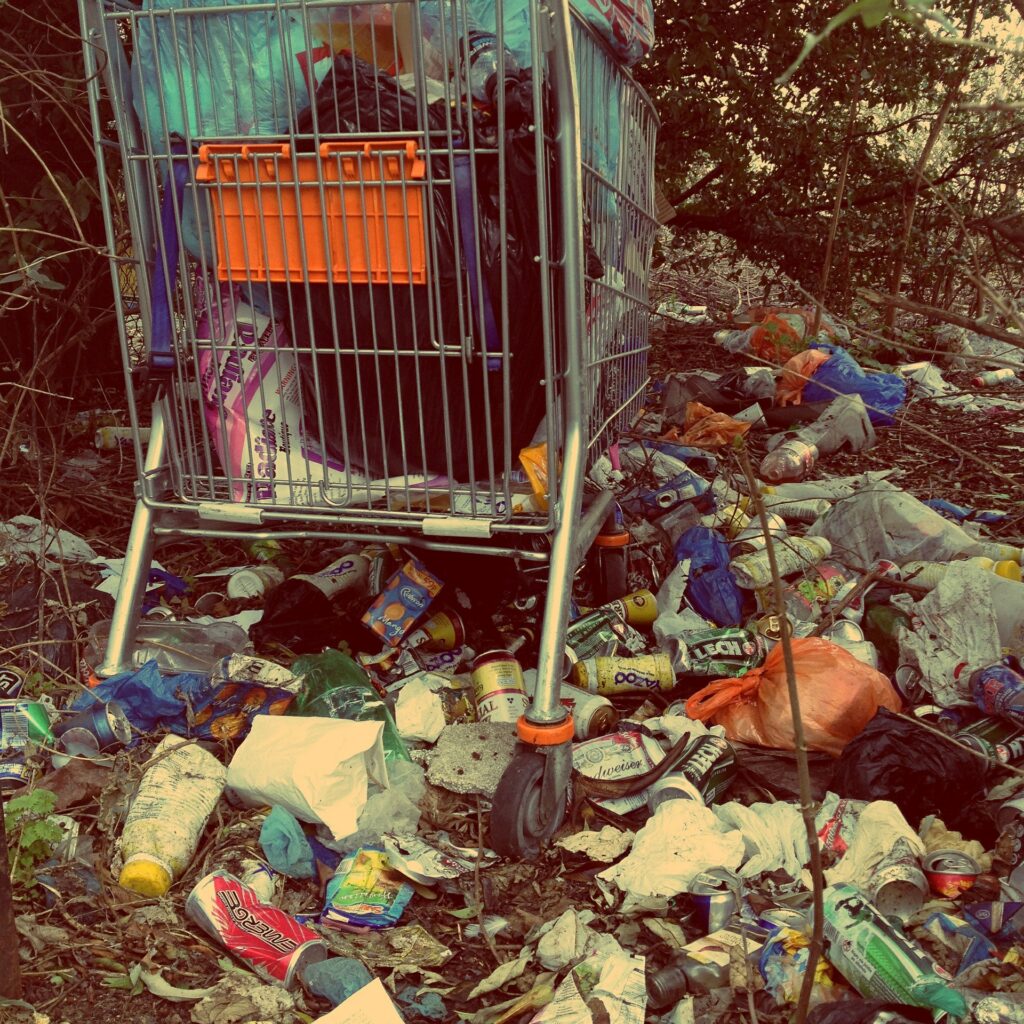
Various toxic chemicals contaminate the environment. Mining activities, for example, can contaminate the soil with hazardous chemicals. Wind can carry pesticides and fertilizers used on agricultural fields, which can harm plants, animals, and in some cases, humans. Some pesticides cause cancer and other diseases, and they are occasionally absorbed by fruits and vegetables for growth. When people consume these fruits and vegetables, the pesticides enter their bodies. DDT (dichlorodiphenyltrichloroethane), which was once widely used to kill insects, particularly mosquitoes, is one example of these toxic pesticides. According to American biologist Rachel Carso’s book “Silent Spring”, DDT causes cancer in people and destroys bird eggs, resulting in a decrease in the number of bald eagles, brown pelicans, and ospreys.
Another form of land pollution is trash and garbage. Garbage often contains harmful pollutants such as oils, chemicals, and ink. When there is a poor garbage collection system that collects garbage inefficiently, these pollutants leach into the soil. The pollutants then pollute the soil, harming plants, animals, and people. Garbage buried in landfills not totally sealed off from the surrounding land can also cause land pollution. When pollutants from partially sealed landfills leak into the dirt in which they are buried, plants that grow on the Earth may become poisoned or contaminated, as well as herbivores who eat the plants and predators that consume the herbivores. This process is called bioaccumulation.
In 2000, a vast landfill near Quezon City, Philippines, was a land pollution disaster scene. Hundreds of people lived on the hills of the Quezon City landfill, recycling and selling items found there to make a living. The landfill, however, was not secure, and heavy rains resulted in a trash landslide that killed 218 people.
Trash such as cans, plastic items, paper, glass jars, junked cars and appliances also pollute the landscape. When this happens, plants and other producers in the food web find it harder to develop nutrients.
Water Pollution
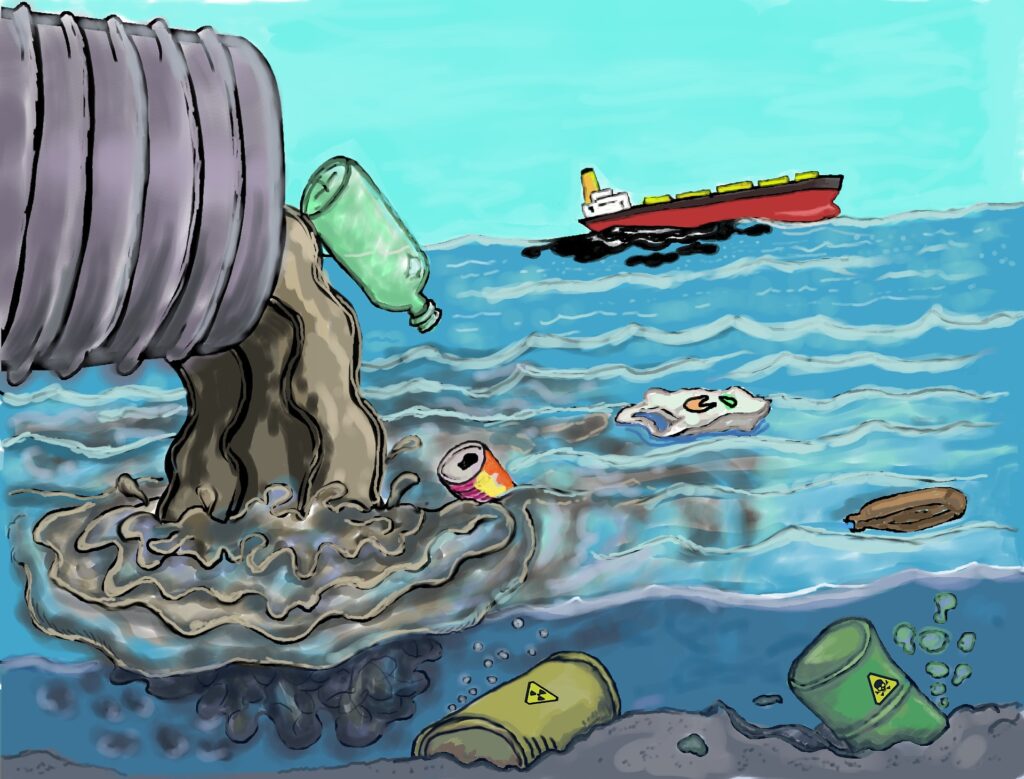
Water pollution is caused by pollutants such as oil and natural gas. When petroleum seeps, which are natural underground sources of oil and natural gas, spill into oceans and lakes, they pollute the water and cause tarballs (small, sticky bits of pollutants that disintegrate in the ocean) to wash up on adjacent beaches. This makes swimming in such water dangerous. Chemicals and oils from factories spill or seep into rivers, creating a harmful environment for aquatic life and a fertile home for cyanobacteria, also known as blue-green algae. Cyanobacteria multiply, resulting in a harmful algal bloom (HAB) that makes it impossible for creatures like plants and fish to survive in the ocean.
Activity such as mining and drilling can also contribute to water pollution. Acid mine drainage (AMD) is a significant contributor to river and stream pollution near coal mines. Acid is washed into streams and rivers by miners, who use it to extract coal from adjacent rocks, where it reacts with rocks and sand. Chemical sulfur is then released from the rocks and sand throughout the process, resulting in a river high in sulfuric acid, which is hazardous to plants, fish, and other aquatic animals. Sulfuric acid is also dangerous to humans and makes rivers unsafe sources of drinking water and hygiene.
Water frequently gets polluted by sewage that has not been properly handled. Sewage systems and treatment facilities are in poor condition in many cities throughout the world. Delhi, India’s capital, is home to almost 21 million people. More than half of the city’s sewage and other trash is deposited in the Yamuna River. Because of the pollution, the river is unsafe to drink or use as a hygienic water source. It also reduces the river’s fisheries, leaving the local community with less food. When we do not properly dispose of buried chemical and radioactive waste from nuclear power stations, they can leak into the environment. This harms living creatures and pollutes water.
When rain falls, it washes animal waste, fertilizers, and other contaminants into streams and lakes. It also cleans automotive oils that drip into the roadway into storm drains, which lead to rivers and seas. Likewise, rain then washes off chemical pesticides from plants into the waterways. All these pollute and toxins water. Oil spills and pollutants leaking from landfills can contaminate groundwater supplies in the surrounding area causing toxic chemicals to bioaccumulate in the aquatic food web, affecting everything from microscopic algae to fish to predators like sharks and eagles.
Another form of water pollution is heating. For example, heat from power plants can potentially pollute water. Most power plants are generally built along rivers to use the water as a cooling medium. The cool water absorbs the heat from the plant as it cycles through the plant. After that, the heated water returns to the river. However, this process raises the river’s temperature, making it warm. Since aquatic organisms are sensitive to temperature changes, the warmer water may affect them.
Waste blown by the wind, transported by ocean currents, or thrown overboard from boats into the sea pollutes the water, posing a threat to aquatic animals such as fish, turtles, and seabirds who mistake trash such as plastics for food. Floating trash in rivers makes the river poisonous for fish and people who drink from it. Fish caught in a polluted river often contains significant quantities of chemical pollutants. When people consume such fish, they absorb these poisons. In Indonesia, for example, there is so much waste floating in the ocean that it is impossible to see the bottom. According to some estimates, the Great Pacific Garbage Patch, the ocean’s largest trash site, is the size of Texas.
Conclusion
Pollution is a global problem that affects both humans and animals. According to the United Nations, about 4,000 children die each day due to drinking contaminated water. Pollution spreads around the planet in a variety of ways. For example, marine creatures such as fish spread pollutants far and wide. The wind blows radioactive materials around the world by accident, smoke from factories in one country drifts into another. Pollutants from unsecured landfills impact groundwater supplies, warmer river temperatures caused by heat from power plants inhibit the development of fish eggs.
Overall, pollution can affect humans indirectly through bioaccumulation. Other pollutants, such as light, sound, and temperature, harm the environment when artificially introduced. Some types of pollution are becoming more prevalent as countries throughout the world get wealthy. Countries with expanding economies construct more power plants, resulting in more pollution. According to a study published in the journal Environmental Research Letters, air pollution kills over 2 million people each year.
Both Governments and individuals are working to reduce pollution. For instance, The United States recycles approximately 30% of its waste, while Austria and Switzerland, which have the greatest recycling rates, recycle between 50% and 60% of their waste. Trash recycling helps to limit pollution and the amount of garbage that ends up in landfills, incinerators, and waterways. However, developed and developing countries must collaborate to achieve the common aim of preserving the environment for future generations.

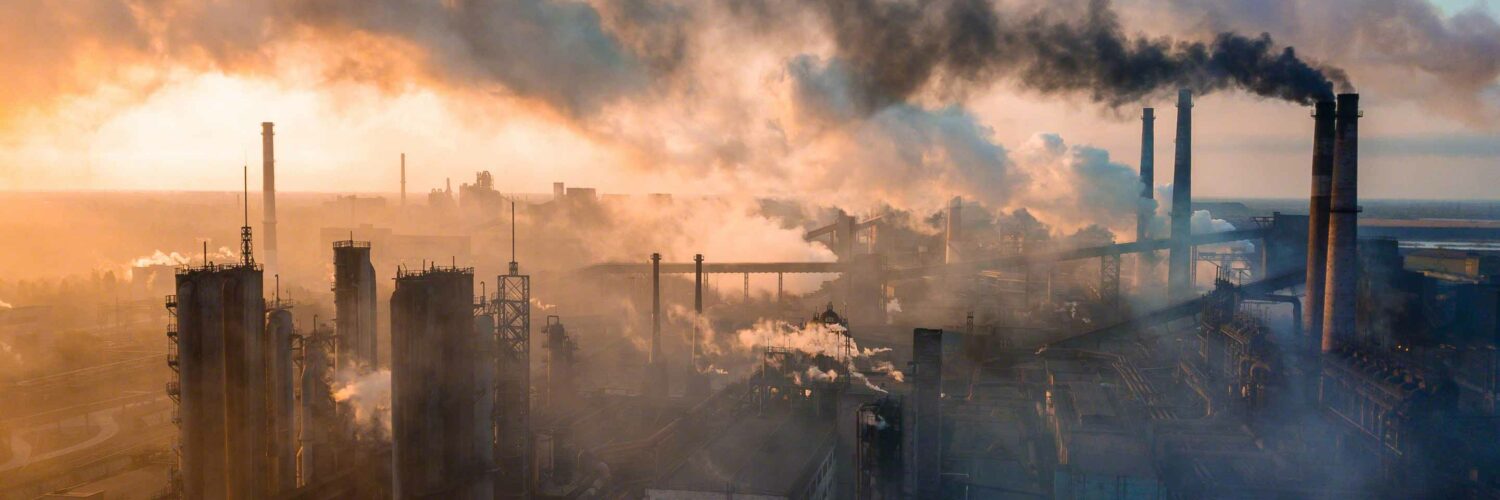
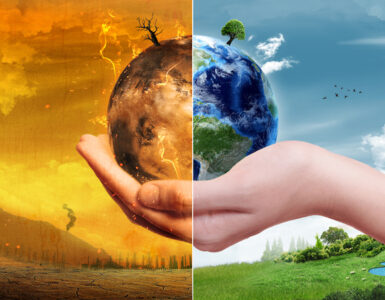
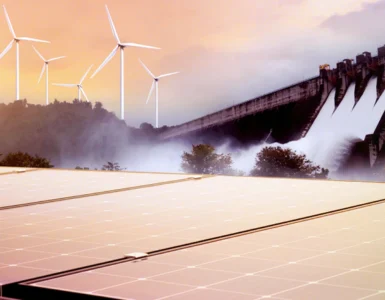
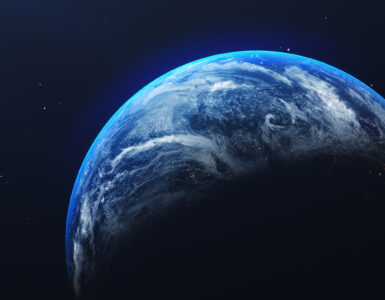
Add comment